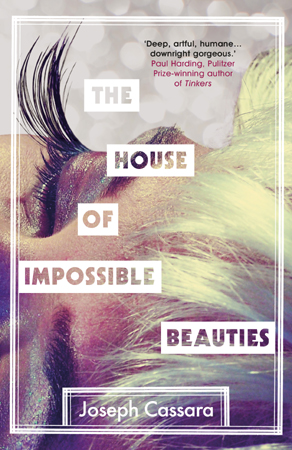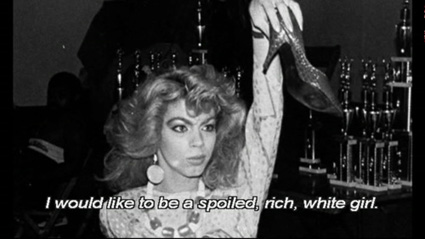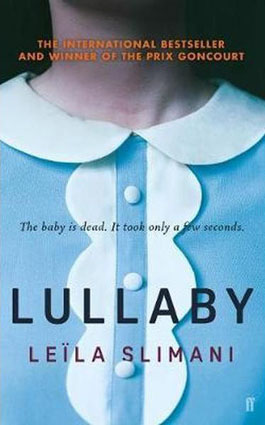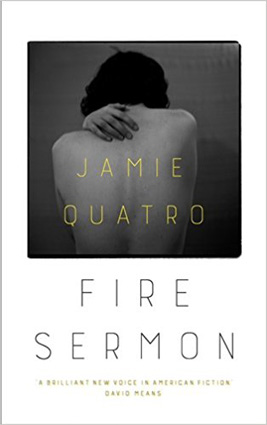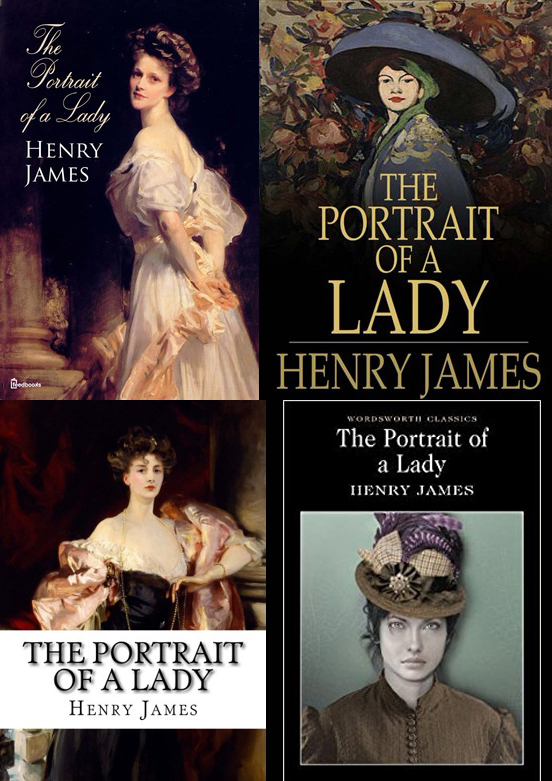It's amazing when a novel can create such a strong sensory experience and all-encompassing atmosphere within its prose that you feel like you're imaginatively entrenched in this fictional world. There have been few books I've read in recent years that have done this as powerfully as Danny Denton's new novel “The Earlie King & The Kid in Yellow”. He describes a post-apocalyptic Ireland that experiences constant rain so that whole sections of the country begin sinking into the sea, the agricultural industry is destroyed and 92.46 per cent precipitation counts as the “thinnest and firmest in yonks. A bare tremble.” People can only witness the sun in videos, UV booths or sun rooms. One character keeps a slug as a pet. The seas are so polluted fish are poisonous and there are mutant green dolphins. There's an overwhelming sense of dampness and darkness and rot. Many pages of the novel are covered in sketches of rain and occasionally we're given sections from a play script which appears on the page like a water-soaked document. People in Dublin live in fear of a gang lord known as The Earlie King while the police look the other way. Believers flock to the West to worship a miracle statue of the Virgin that has foretold the end of the persistent downpour. Denton powerfully evokes this feeling of a drowning Ireland in order to dramatize a country in a state of crisis. In doing so he produces an immersive story as well as a striking commentary on institutional corruption and the information age.
In a way, it feels like this book has all the elements of a young adult novel. It's a kind-of post-apocalyptic fiction with an adolescent boy hero at its centre who seeks to undermine the oppressive powers that be. One of The Earlie King's underlings, a boy who is around 13 years old and wears a yellow rain jacket, plots to steal the King's granddaughter for reasons which only become apparent over the course of the narrative. But, like Sandra Newman's epic “The Country of Ice Cream Star”, this novel invents its own language rhythms and idioms in a highly sophisticated way. It's formed partly from current Irish dialect and partly from an invented slang to fit with a lingo appropriate to this dilapidated world. So rain jackets that must be worn constantly outside are known as “skins” and a form of television commonly watched is known as the TeleVisio. There are even invented alcoholic beverages and drugs which are frequently referred to. Meanwhile, The Kid in Yellow (whose true name we only discover towards the end) is a kind of repository of literature as he can recite from memory lines from Shakespeare, Goethe, Yates, Michael Hartnett and other poets. Although he doesn’t entirely understand the meaning of their lines, this language lives on through him as do numerous local fables. Storytelling is important throughout the novel, not least of all because (like Margaret Atwood’s “The Handmaid’s Tale”) the entire tale of “The Earlie King & The Kid in Yellow” is being told at some future point through the perspective of a local detective, “the last Irishman” who partially witnessed this catastrophic drama unfold.
A statue of the Virgin Mary stepping on a serpent foretells the end of the rain.
Although we don’t see what the world has become in this future point where the primary tale has transformed into myth, it can be presumed that this new nation has moved beyond this gang-run society trapped in a glut of information. One of the themes Denton is preoccupied with is a current general belief that the information age will allow our society to progress to a state of peace and tranquillity. It’s as if we’ve been lulled into believing that the bounty of knowledge we can find through internet searches will allow us to achieve enlightenment. One character named Jeri has a theory that in seeking to know everything we discover that “knowledge didn’t produce an answer as to why we couldn’t find peace. Why we were here.” People find that they are just as confused, fragmented, discontent and alone as ever. Hence the constant rain is a kind of symbol for how clouded our vision remains despite this easy-access to knowledge: “There was so much in the world that was mysterious, all of it held just beyond the rain, or piped just beneath the city’s surfaces.” It becomes apparent that “This country is slowly disappearing. The whole world is falling to pieces. Time is accelerating and cracking apart, and after almost three thousand years of praying none of the organised religions has been able to stop that. None of the sciences either.” So the Kid in Yellow - as well as a vigilante arsonist, a local alcoholic mystic, a chronicler of the gang’s violence and a spectre known as Mister Violence – take steps to trigger a large-scale transformation to move society to a new stage.
Danny Denton is an invigorating and inventive debut author whose voice is a welcome addition to the chorus of new Irish writers making powerful statements about the current state of Ireland. It feels like a new wave in Irish fiction has been felt in full force since the property bubble burst and a financial crisis ensued after 2007. Writers such as Lisa McInerney, Lucy Caldwell, Gavin McCrea, Danielle McLaughlin, Colin Barrett, Gavin Corbett, Kevin Barry and Mike McCormack have creatively addressed different sides of the fallout of this economic downturn in their fiction which ranges from short stories to historical novels to more experimental prose. Now Denton has created a vision of the country which is struggling to find a way forward and seeks to find establish social systems which can represent and support all of its people – not just “the city’s rich or the city’s corrupt”. The original structure of his book frames this drama in such a fascinating way. But, most of all, “The Earlie King & The Kid in Yellow” is also a moving story of a tragic love affair and disillusioned youth.





